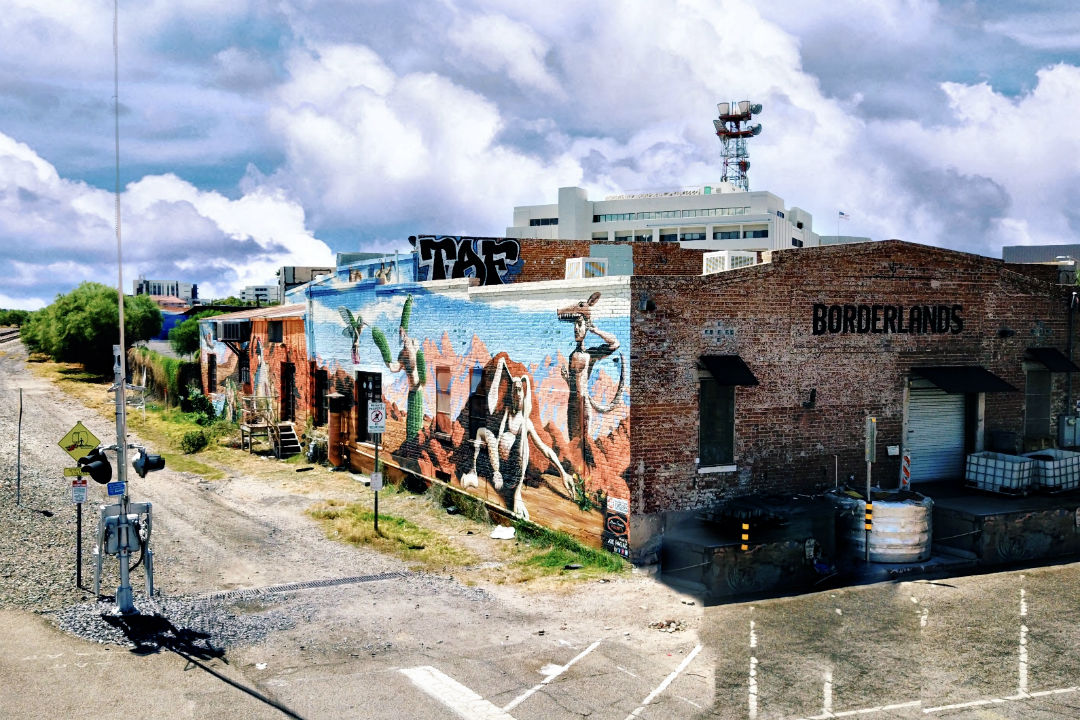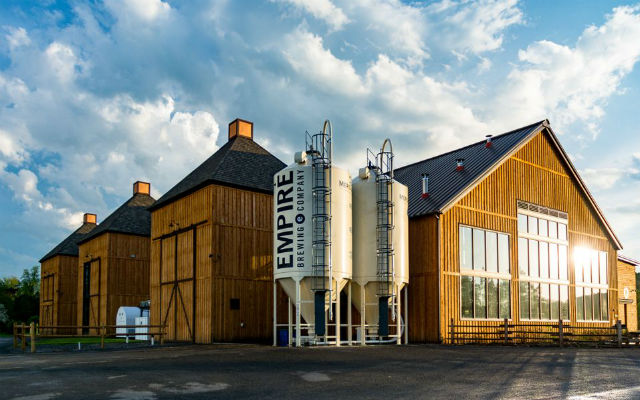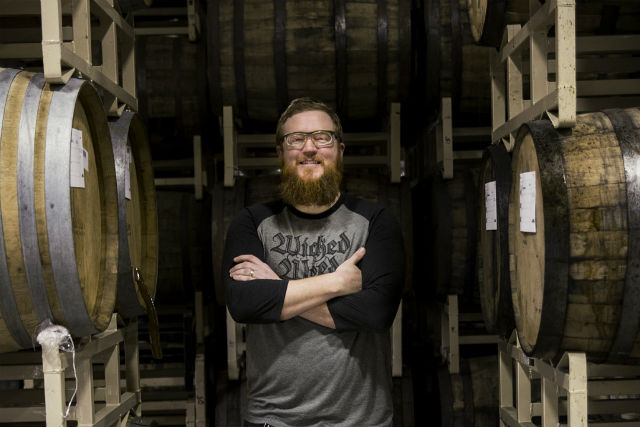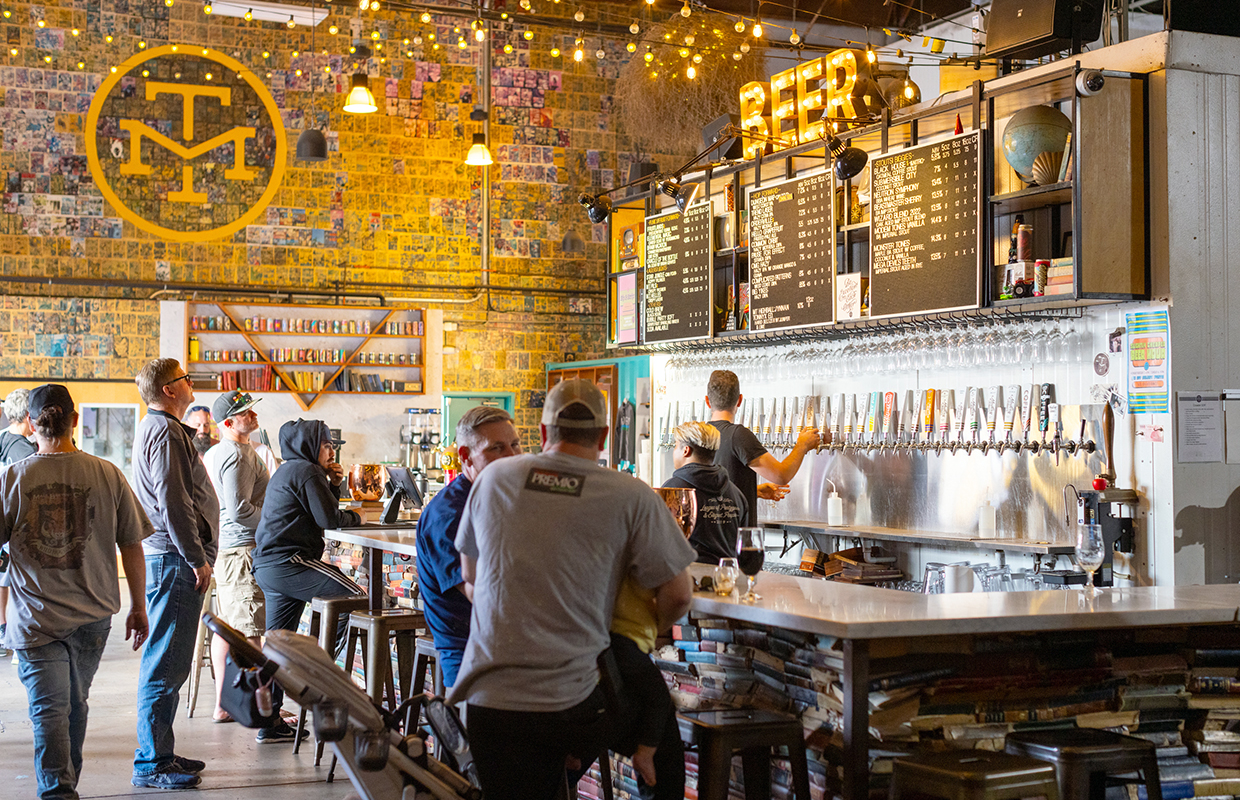
The upfront cost of installing solar arrays for your business is unquestionably daunting, but breweries across the map have been making the switch to solar power with measurable success.
When Flathead Lake Brewing switched to a bigger facility five years ago, it also switched from using fossil-fuel generated energy to solar energy.
According to Marketing Manager Sarah Peterson, the production facility and restaurant are built under the LEED (Leadership in Energy and Environmental Design) standard. It’s the most widely used green building rating system in the world, and “provides a framework to create healthy, highly efficient, and cost saving green buildings,” the website states.
“So naturally, solar panels fit into that equation,” Peterson said.
In the spirit of sustainability, the brewing facility borrows clean effluent from the nearby Bigfork Water and Sewer District and uses it to run several WaterFurnace heat pumps, and “that equipment provides heating and cooling for the building and processes,” she added.
With a sunny climate in Athens, Ohio, using solar energy just seemed to make sense for Jackie O’s Brewery. With the help of a REAP (Rural Energy for America Program) grant from the USDA and a loan from a local bank, Jackie O’s installed 298 solar panels in 2016.
Though it takes time, the return will make the switch worth it for Jackie O’s. Owner Art Oestrike estimates a seven-year return on investment.
Oestrike advised that brewery owners thinking about installing solar systems should “understand that it’s not an investment that’s going to have an immediate return.”
At Jackie O’s, at any given time, and depending on the machinery being used, solar energy accounts for 40-50% of the total energy consumed. 
Oestrike also mentioned that even though solar arrays do not seem as prevalent under the current political climate, there are indeed resources out there that will enable breweries to get started.
Even then, “You’re investing in a cause more than necessarily your equipment and savings,” Oestrike said.
Less than two miles away from Jackie O’s, Devil’s Kettle Brewing went solar just a year later in 2017, but the brewery was jumping through hoops to get there long before that.
The brewery went solar for practical purposes. “We own our own property, so adding solar adds value, and it will pay for itself in under 10 years,” owner and Brewmaster Cameron Fuller said.
After getting approved for a USDA grant, Fuller said he would have had mounted solar panels on the roof, but ran into problems. Government engineers required reinforced roof beams, which would have meant shutting down the brewery for a significant amount of time.
The city notified Devil’s Kettle that it would need a variance for approval to ground mount solar panels since the panels would be considered additional structures. The solar panels were mounted after a few weeks waiting for approval, but then another problem arose.
“Installation was easy until we learned that the power company’s transformer was an old style that did not allow for us to back feed the grid,” Fuller said. Six months later, with the new transformer installed, “we thought we were in the clear.”
A faulty inverter replaced, Devil’s Kettle was finally up and running on solar power.
“Ultimately, though the panels would be a bit more optimized for production being on our roof, we love that they are ground mounted like a billboard to our commitment to the environment,” Fuller said.
Similarly to Jackie O’s, Devil’s Kettle also received a USDA grant that covered just under 25% of costs.
On the opposite coast, one brewery started using solar energy almost immediately after opening.
Borderlands Brewing was founded in 2011, and it was already using solar energy by 2012. Though it doesn’t have a solar array installed, Borderlands buys “shares” of solar energy from Tuscon Electric Power’s program Go Solar. Currently, President Mike Mallozzi said it’s extra to get solar power for the brewery in Tuscon, Arizona.
However, the team is hoping to make up for using solar energy in the long run by reaching an agreement for a financing package with its landlords to keep paying the same amount for solar power forever, as opposed to fossil-fuel-using customers, who will continue to see increases in prices.
“The challenges we faced in 2012 are still present, and perhaps greater than they were then,” Mallozzi said.
The challenges faced in Arizona, Mallozzi added, include political forces that are invested in oil and gas working to disincentivize solar and reduce buy back rates; financial barriers of solar arrays viewed as frills by potential investors; and landlords that prohibit the implementation of solar systems on their commercial properties.
Borderlands partnered with Sentinel Brewing last year to form a separate brewery, Voltron Brewing, for more production space. The joint owners are currently exploring solar options for the new brewery.




1 Trackback / Pingback